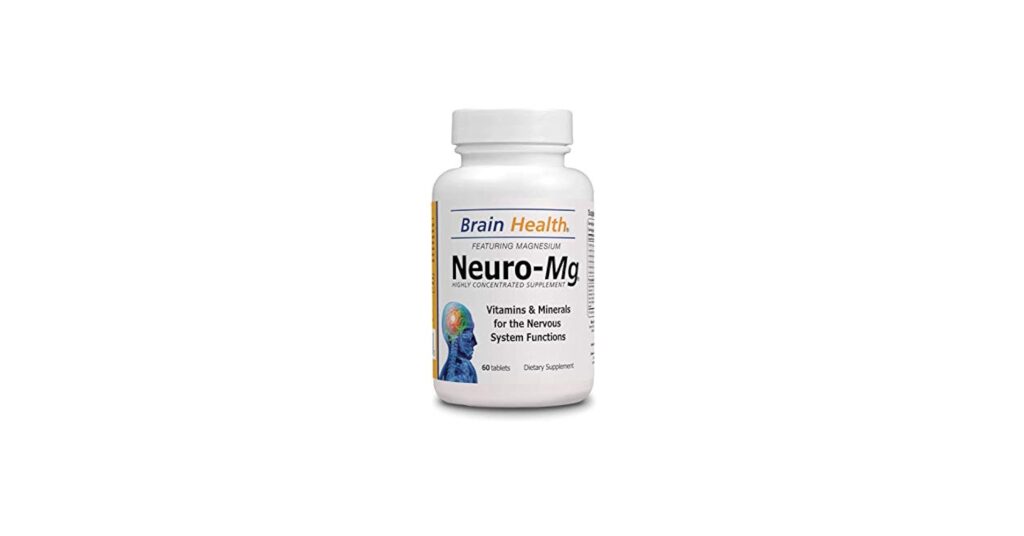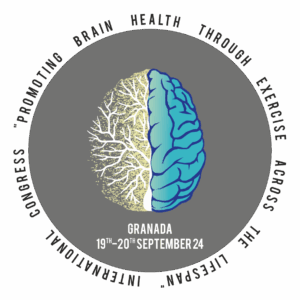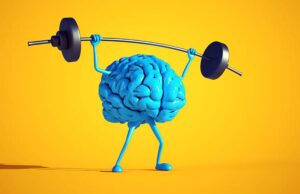
Have you ever wondered what makes your brain such an incredible organ? It’s the command center of your body, controlling everything from your heartbeat to your thoughts. But here’s a fascinating twist: unlike the rest of your body, your brain doesn’t have pain receptors. That’s right—no nerve endings inside your noggin to tell you when it’s hurting. This peculiar fact might seem trivial, but it actually has some pretty amazing implications for medicine, safety, and even how we experience pain itself. So, let’s dive into the mystery of the mind and uncover why this invisible shield inside your skull is so important.
===Unlocking the Brain’s Secret: No Pain Receptors Inside!
Imagine your brain as a supercomputer, running complex programs without the risk of “error messages” from pain signals. The reason it can do this is because it simply lacks pain receptors—specialized nerve endings called nociceptors—that detect damage or injury. Instead, these nociceptors are located in the surrounding tissues, skin, and other parts of your body, alerting you when something’s wrong elsewhere. This clever setup means your brain is protected from the chaos of pain signals, allowing it to focus on processing thoughts, memories, and emotions without distraction.
This absence of pain receptors inside the brain isn’t just a quirk of anatomy—it’s a carefully evolved feature. If your brain had pain sensors, even minor issues could cause unbearable discomfort, impairing your ability to think or function. Instead, your brain is shielded by a robust layer of bones (the skull) and protective membranes (meninges), which act as physical barriers. The cerebrospinal fluid cushions this delicate organ, providing a gentle environment that keeps it safe from injury without the need for pain receptors. It’s like your brain lives in a high-tech, pain-free bubble, so it can do its thing without constantly being bothered by discomfort.
Interestingly, this setup also influences medical procedures. Surgeons can operate on a person’s brain with minimal pain, thanks to anesthesia, because they’re working on tissue that naturally lacks pain receptors. That’s why brain surgeries can often be performed while the patient is awake—doctors just need to numb the surrounding tissues, not the brain itself. This unique feature highlights just how specialized and protected your brain is, setting it apart from the rest of your body in the most fascinating ways.
===Why Your Brain’s Invisible Shield Makes All the Difference
Knowing that your brain is free of pain receptors is more than just a neat fact—it has profound implications for health and safety. For one, it means that injuries to the brain don’t typically cause pain directly within the organ itself, but rather from the surrounding tissues or secondary issues like swelling or bleeding. This explains why a person can sustain a serious head injury without feeling pain at the moment of impact but may experience symptoms later on. It also emphasizes the importance of protecting your head, since damage to the skull or meninges can result in significant problems, even if you don’t feel immediate pain.
This invisible shield also provides a foundation for advanced medical interventions. Because the brain isn’t equipped with pain receptors, doctors can perform surgical procedures that might otherwise be impossible—like removing tumors or repairing damaged areas—without causing pain during the operation. Anesthesia can numb the entire body except the brain itself, ensuring the patient remains comfortable. Moreover, understanding this unique feature helps researchers develop better ways to treat neurological conditions, knowing that the brain itself isn’t directly the source of pain signals. Instead, pain often originates from other areas or secondary effects, guiding targeted treatments that can improve patient outcomes.
Lastly, this knowledge fosters a sense of wonder about the resilience and sophistication of the human body. The fact that your brain is physically protected and immune to pain inside your skull is a testament to evolution’s genius. It allows your mind to operate at its peak without constant discomfort, focusing on what truly matters—your thoughts, creativity, and sensations from the outside world. Recognizing this invisible shield reminds us how remarkable our bodies are and how crucial it is to nurture and safeguard this vital organ.
The fact that your brain has no pain receptors isn’t just a fascinating anatomical tidbit—it’s a cornerstone of our understanding of health, safety, and medical science. This silent protector allows our minds to function without constant distraction from pain, enabling incredible feats of thought, innovation, and recovery. As we continue to unravel the mysteries of this incredible organ, one thing is clear: the brain’s invisible shield is a brilliant example of nature’s ingenuity, safeguarding our most precious asset in ways we’re only beginning to fully appreciate.






